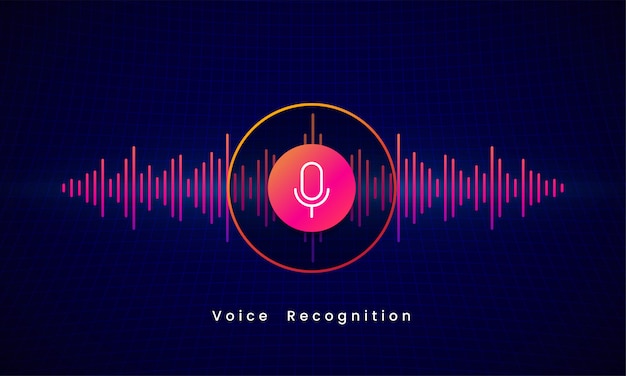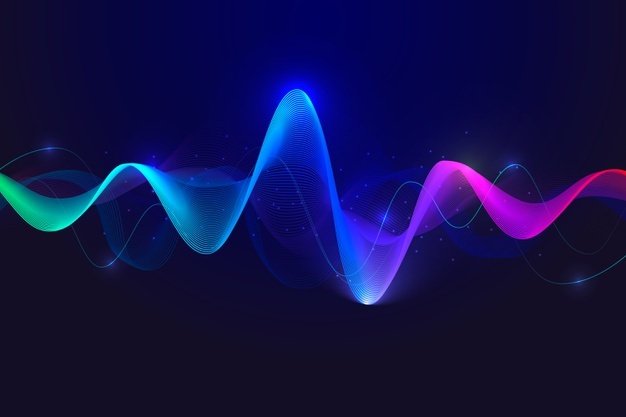SOUND IS HEARD THROUGH OUR AMAZING EARS!!
WHAT IS SOUND?

Sound is a form of energy which travels in the form of vibrations and evokes a sensation in our ears which travels through the auditory nerves and is further transmitted to the brain for interpretation. The brain further responds and evokes a reaction which might take place through any of our body parts (response to stimuli). Vibrating bodies produce sound. The speed of sound is 340 m/s at the temperature of 20°C and about 330 m/s at 0°C.
WHAT ARE VIBRATIONS?

Vibrations can be defined as the to and fro motion of a particle about it’s mean position. When we bang 2 metals with each other, they vibrate and produce sound.
WHAT ALL IS REQUIRED TO PRODUCE A SOUND?

- A source for producing sound
- A medium for transmission of sound. For eg- Air, water, metal etc.
- The detector/receiver to receive the sound.
TYPES OF SOUND WAVES

- MECHANICAL WAVES- It is a periodic disturbance which requires a material medium for its propagation. As the properties of these waves depend upon the medium, they are known as elastic waves. For eg- sound waves, water waves etc.
Mechanical waves can be further classified into 2 types on the bases of motion of particles :-
1. Transverse waves- In these waves, the vibration of the particles is perpendicular (at 90°) to the direction of propagation of the wave. They travel in the form of crests and troughs. Crests are bulged and troughs are depressions. The distance between 2 consecutive crests or troughs is called wavelength. Transverse waves can travel only through solids and liquids.
2. Longitudinal waves- In these waves, the vibration of the particles is in the direction of propagation of the wave. They travel in the forms of compressions and rarefactions. Compressions are regions of high density and rarefactions are regions of low density. The distance between 2 consecutive compressions/rarefactions is called wavelength. Longitudinal waves can travel through all the mediums i.e. solids, liquids and gases. - ELECTROMAGNETIC WAVES- It is a periodic disturbance which does not require any material medium for its propagation and can even travel through vacuum (no air). These ways are of transverse type. For eg- Light waves, X-rays, Radio waves etc.
HOW DOES PROPAGATION OF SOUND TAKE PLACE?

Propagation of sound means movement of sound. Sound propagates through a wave pattern. Now what is a wave pattern ? It looks like this :-

Sound waves move by vibrating objects. These vibrating objects release energy in the form of sound waves which travel through different mediums like air, water before it finally reaches the receiver’s/receivers’ ear and he/she can hear the produced sound.
WHAT AFFECTS THE SPEED OF SOUND?

There are many factors which affect the speed of sound. Some of these are Temperature, Nature of material, physical state of substances and many more…
Sound travels the fastest in solids and the slowest in gases as the molecules in solids are tightly packed allowing for faster transmission of energy and in gases they are free so sound cannot be transferred faster as compared to solids and liquids.
IN WHICH UNIT IS SOUND MEASURED AND HOW IS SOUND MEASURED?

Sound is measured in the unit decibels (dB). The decibels are directly proportional to the loudness of the sound. Which means that, more the decibels, more the loudness of sound and lesser the decibels, lesser the decibels.
Sound is measured by a sound level meter. It is a hand-held instrument with a microphone. It consists of a microphone to pick up the sound and further convert it into electrical signals. These electrical signals are used to measure the intensity of sound in dB (decibels).
HOW DO WE HEAR SOUND? ALSO, HOW DO WE TRANSFER SOUND TO ANOTHER PERSON WHEN WE SPEAK?

WE HEAR SOUND THROUGH OUR EARS
THE HUMAN EAR HAS 3 MAJOR PARTS :-
- OUTER EAR- Our outer ear consists of the Pinna and the Auditory canal. It is shaped like a funnel. When sound enters our ear, it travels down a canal at the end of which is present a thin membrane which is stretched tightly. This tightly stretched membrane is called as the tympanic membrane or the eardrum.
- MIDDLE EAR- This part of the ear has 3 very tightly interlocked bones,. One of them is malleus (hammer), second one is anvil (also known as incus) and the final one is stapes (smallest bone in the human body also known as stirrup). It also has an air filled cavity which is known as eustachian tube. This eustachian tube connects the ear to the throat.
- INNER EAR- It has a coiled organ of hearing, semicircular and the auditory nerve.
A vibrating body causes the air molecules to vibrate. These vibrations further reach our ear, and are collected by the pinna and then further funneled into the ear tube. Now, these vibrations strike the eardrum that starts vibrating with the same frequency. This then forces the interlocked bones to vibrate. Now, the ear passes these vibrations to the auditory nerve, which further takes the signal to the brain for interpretation of the sound and then evoking a reaction.
Now, how does sound reach to someone’s ears’ when we communicate with someone by speaking?
When we speak, our lungs force some air through a passage (Lungs -> Neck -> Mouth -> Out!). Due to this passage our vocal cords start vibrating which further produces vibrations, These newformed vibrations are further transferred through the mouth and out of the mouth in the air for the vibration to reach the receiver’s/receivers’ ears for interpretation by the brain.
TO BE FURTHER CONTINUED [GO TO THE NEXT POST….
(TO BE POSTED ON 27TH JANUARY 2022)!]


